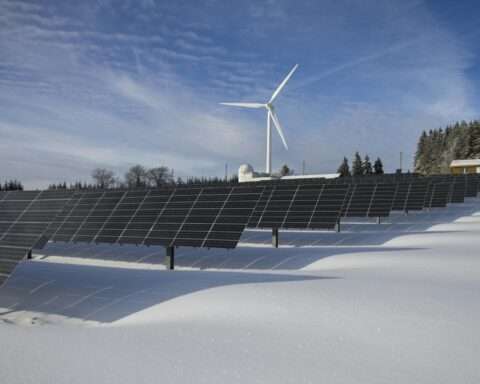The U.S. Environmental Protection Agency (EPA) and Department of Energy (DOE) are making $350 million available to 14 states to help identify and cut methane emissions from low-producing conventional oil and gas wells.
The grants, available through the Methane Emissions Reduction Program, are part of the EPA’s goal of reducing the amount of greenhouse gases that are released into the atmosphere.
States can use the grants to help owners and operators of conventional oil and gas wells identify and eliminate methane emissions from low-producing wells. States can also use the funds to monitor methane emissions at plugged well sites and for environmental restoration of these sites as needed.
Funding was based on each state’s proportion of the total number of low-producing conventional wells. Texas received the largest amount – more than $134 million, which will be administered by the Texas Commission on Environmental Quality.
Pennsylvania and West Virginia were awarded $45 million and $38 million respectively, with 11 other states receiving the remainder of resources.
“Investing in projects and programs that significantly reduce methane emissions is an important priority to slow the harmful effects of climate change,” said Ryan Peay, deputy assistant secretary for the DOE’s Office of Resource Sustainability.
The funding comes on the heels of new regulations that will require oil and gas companies to eliminate routine flaring of natural gas from new oil wells as one way to reduce methane emissions.
The EPA announced the final standards at the 28th annual United Nations Climate Change Conference in Dubai earlier this month. Other regulations would require companies to routinely monitor for methane leaks at well sites and compressor stations and reduce emissions from high-emitting equipment, such as controllers, pumps and storage tanks.
The U.S. oil and gas industry produces 30% of the country’s methane – a greenhouse gas much more potent than carbon dioxide. In its final rule for oil and natural gas operations, the EPA concluded that a sharp and swift reduction in methane emissions is key to seeing immediate climate benefits.
The Methane Emissions Reduction Program was created through the Inflation Reduction Act (IRA), which will provide more than $1.55 billion in funding and technical assistance to oil and gas companies to reduce methane and other greenhouse gases. The EPA and DOE intend to make additional competitive solicitations available through the IRA in the coming year.
The IRA also seeks to target companies considered high polluters. Beginning in 2024, the EPA will charge companies that report carbon emissions of more than 25,000 metric tons a fine starting at $900 per metric ton, increasing each year after.
Additionally, the US Office of Fossil Energy and Carbon Management (FECM) launched its Methane Mitigation Technologies program in 2016, setting a goal of discernable progress by 2030.
Focused on developing accurate and cost-effective technology solutions for measuring and monitoring methane emissions, research and development projects by the FECM have included the study of advanced materials for pipeline construction, monitoring sensors, data management systems and flexible compressor stations. The office is also working on innovative solutions to reduce gas flaring and venting.












